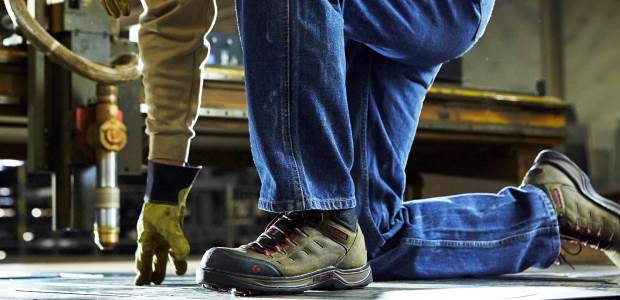
Training, communication, on-the-job coaching, and employees' involvement are key components to keeping hand safety awareness top of mind.

Recent changes to ANSI/ISEA Z308.1 are a holistic shift in our nation's approach to occupational injury preparedness.

Not all occupational footwear that is protective involves formal ASTM ratings and testing procedures. Three of the most important of these are waterproof, insulated, and slip-resistant footwear.

In order for this transition to take place, companies cannot pick and choose which safety procedures to enforce—consistency is key.

With such a broad description for OSHA first aid compliance, the responsibility of defining the various components of first aid response and preparedness lies solely on the employer.
During an emergency prior to launch, the astronauts would need a clear, safe path to exit, and the arm and White Room will serve as a bridge between the Crew Access Tower and the CST-100 Starliner spacecraft.

Here's how companies can improve workers' safety harness compliance.

The OSHA mandatory standard specifies both eye protection and protective clothing for welders.
Nitrogen exposure is the expected cause of death for Kenny Ray Jr., 32, a fire technician/industrial firefighter for Canton, Ohio-based TimkenSteel Corporation.
The new maps remove many properties from Special Flood Hazard Areas, Mayor Mitch Landrieu said.

For this manufacturer of organic chemicals operating many smaller processes, a single centralized thermal oxidizer system was the most cost-effective path to expand production while meeting new emission controls requirements.

EPA has made checklists available to the regulated community, including the associated guidance regarding abandoned CCPs.
April traditionally signals the beginning of the spring season for U.S. metal and nonmetal mining operations.
The security summit is focused on managing cyber threats and securing the use, storage, and transport of radiological and nuclear materials; it is the fourth in the series, following the inaugural summit in Washington in 2010, the second in Seoul in 2012, and the third in The Hague in 2014.
The agencies said the March 28 trial will help the Coast Guard determine how drones can assist during icebreaking operations and will help Transport Canada explore the use of similar technology.